Will Rogers Memorial Center
An exploration of one of Fort Worth's most iconic landmarks
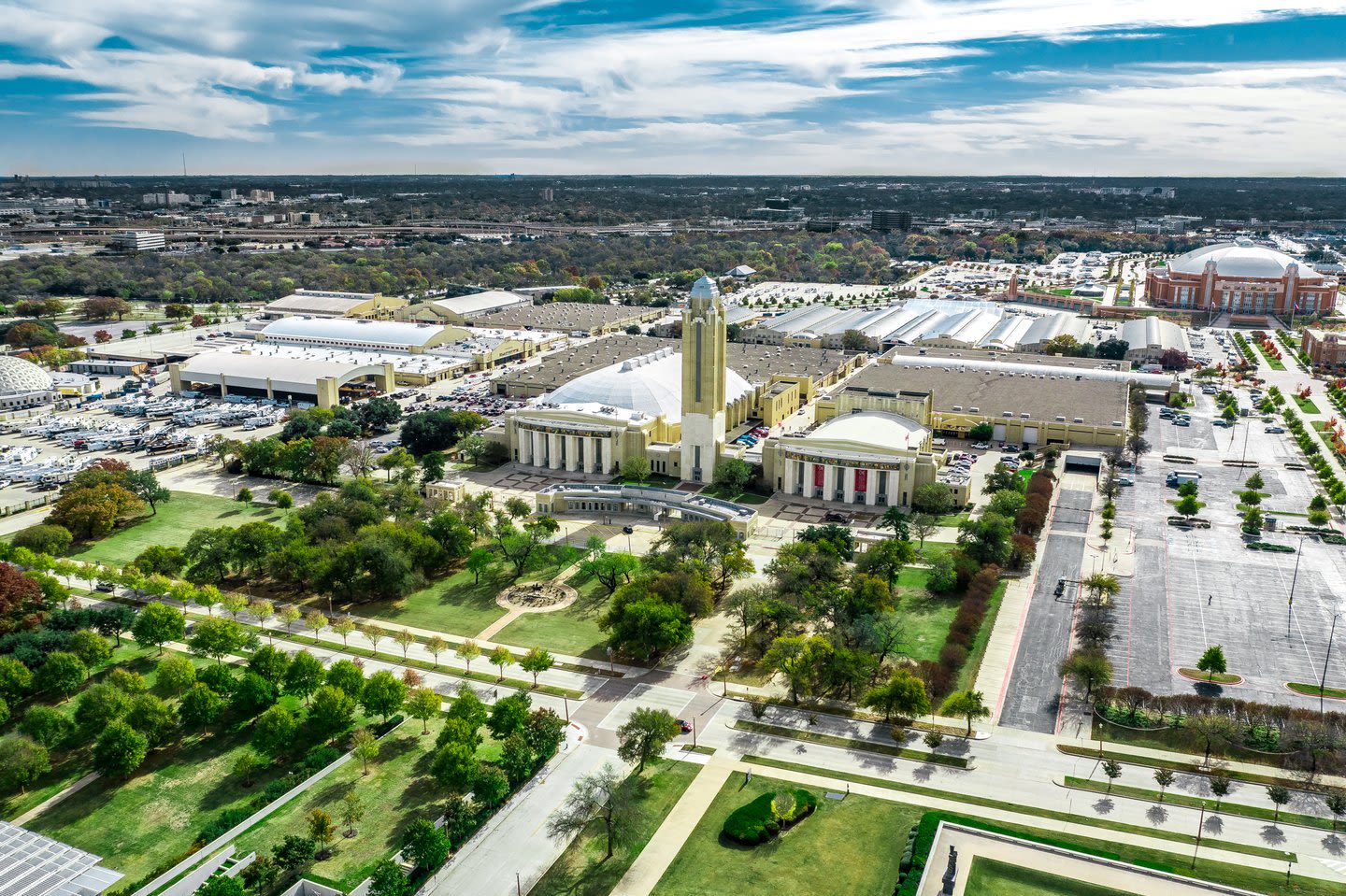
Will Rogers Memorial Center
Driving along University, cars pass by the signature yellow brick of the Will Rogers Memorial Center on a daily basis. Many may even glance over at the parking lot filled with horse trailers or stare at the tiled mosaic of horses on the building's side at the red light. However, few truly understand the center’s significance in Fort Worth’s culture.
History
The Center dates back to the year 1936 when Fort Worth Star-Telegram publisher and businessman Amon G. Carter heard of the race between Dallas, Houston and San Antonio to host a statewide exposition in celebration of the Texas Centennial.
The distaste Carter had for Dallas only heightened upon hearing Dallas had won the race with a large cash payout despite having little association with the Texas Revolution. He became determined to put Fort Worth in contention for the celebration and compete with Dallas for the national spotlight.
Carter and a group of Fort Worth businessmen began their rivalry with Dallas by applying for State funds and Public Works Administration loan grants to finance the building programs. Carter’s relationship with President Roosevelt and Vice President John Nance Garner aided in securing federal support for the city’s exposition.
The PWA grant paid for 45% of the project cost, and the rest was funded by bond issue or private subscription.
The official groundbreaking ceremony was held on March 10, 1936, with construction beginning on the 17th. Designed by Wyatt Hedrick with Herman Koeppe, the project, which included the construction of the Pioneer Tower, Will Rogers Coliseum and Will Rogers Auditorium was completed in 340 days.
The official dedication of the Will Rogers Memorial Center was held on December 23, 1936, which was named in honor of Carter’s close friend, Will Rogers, an American vaudeville performer, actor and entertainer who died in a plane crash the year prior.
A second and final dedication was held on January 10, 1937, commemorating the official completion of the Will Rogers Memorial Center.
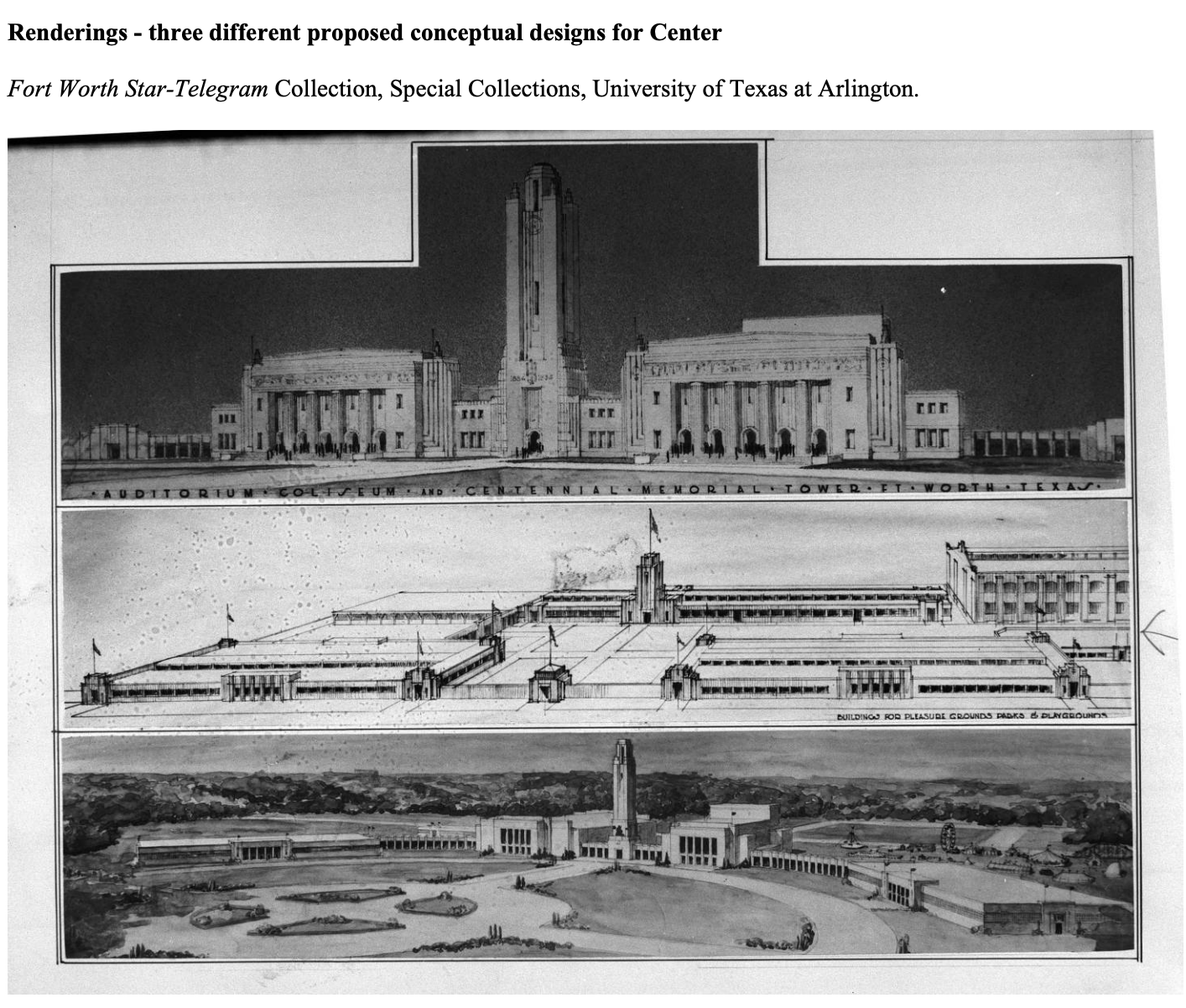
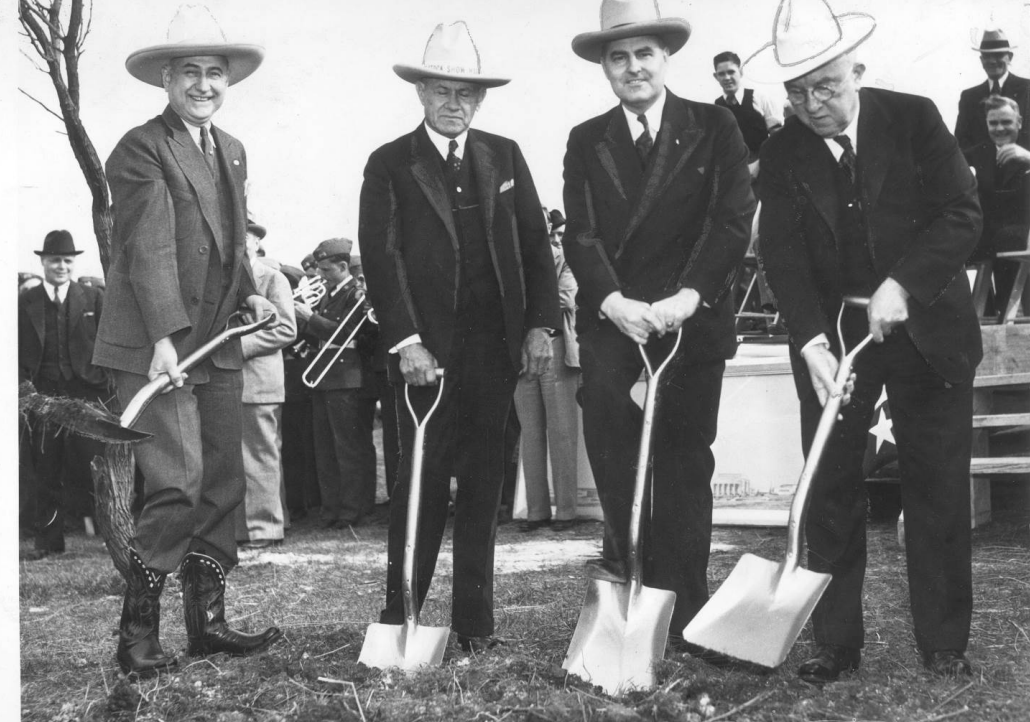
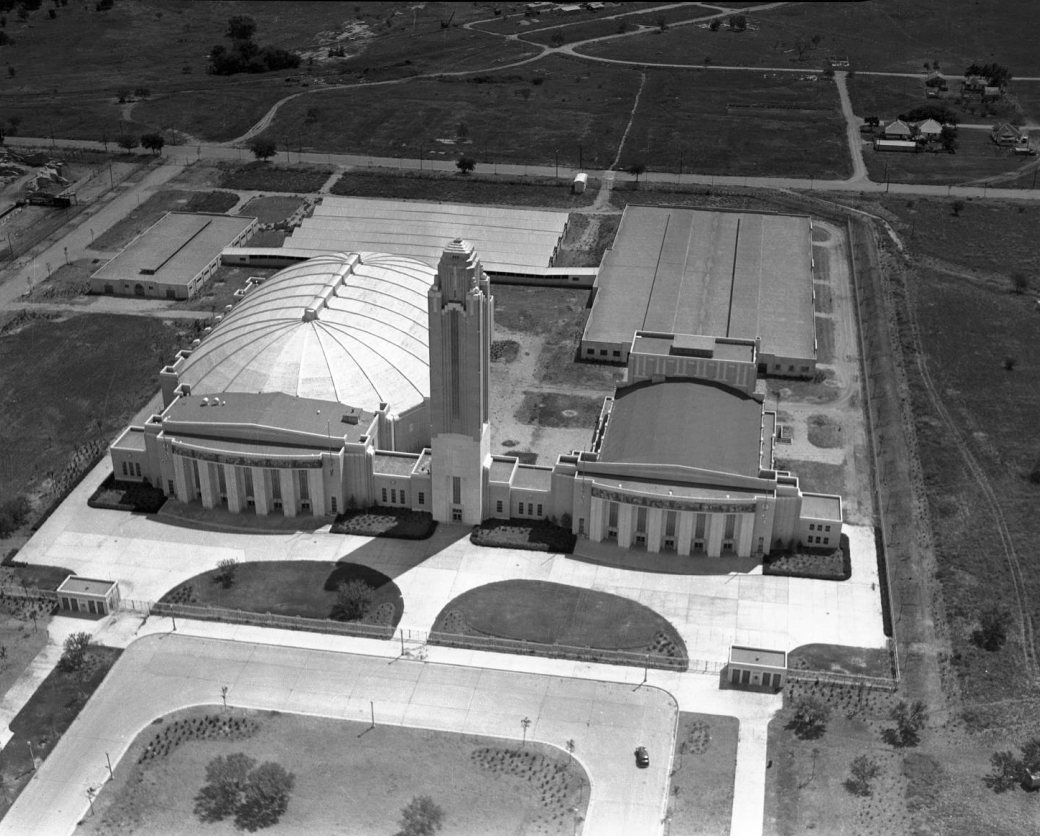
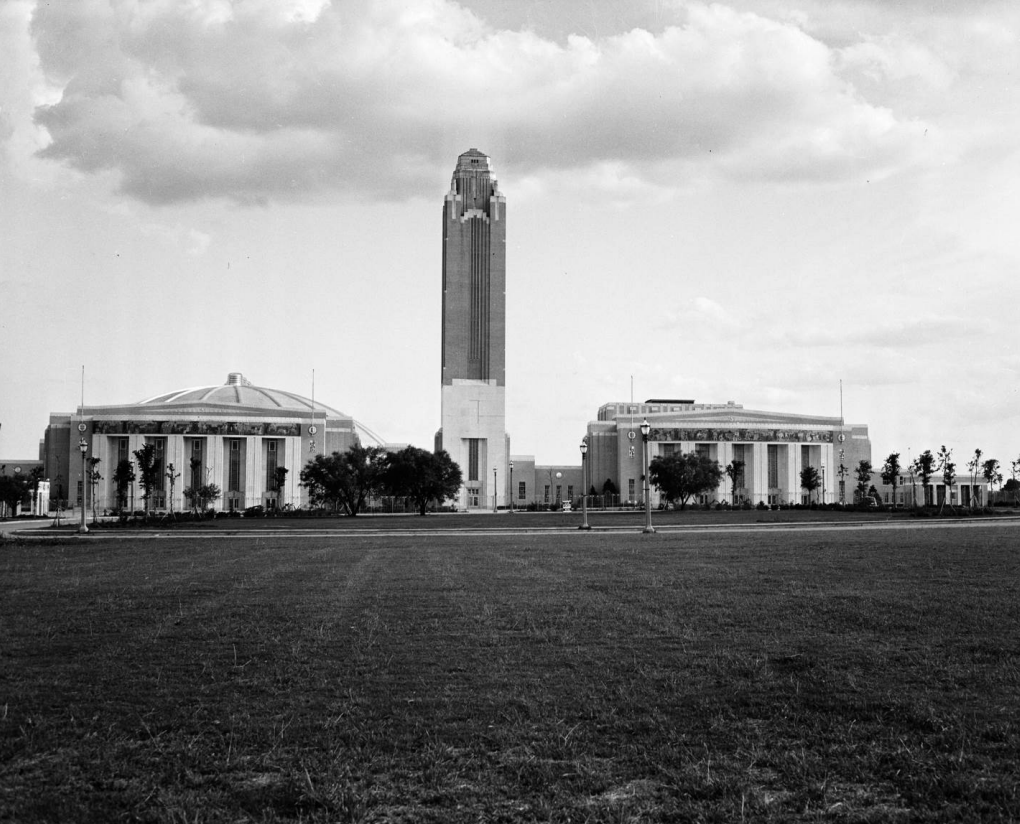

PRESENT
Today the Will Rogers Memorial Center spans over 120 acres in the heart of Fort Worth’s cultural district. The Center attracts more than two million visitors annually and has expanded to host 2,500 horses, seat anywhere from 998 - 5,652 spectators in performance arenas, and make use of 160,000 square feet of indoor exhibit space and 250,000 square feet of outdoor event and festival space, and now boasts 17 buildings.
While the Center attracts people around the world, it still stays true to its roots, which are firmly planted in the Fort Worth community.
Assistant public events director Kevin Kemp has worked at the facility for over 22 years and spoke of the Center’s versatility.
“Will Rogers is unique. Yes, we're a world-class equestrian center. We're also a very large community center. We do a lot in the exhibit hall, a lot of local consumer shows, gun shows, home and garden shows, banquets, those kinds of things. The theater is where we would do concerts. We do dance for dance recitals, graduations, all that kind of stuff. All community-based things,” said Kemp.
Kemp oversees the entire complex - a position he talks about with love and respect, but it's one he can admit requires extensive coordination.
“How can I simultaneously park concert cars and horse trailers and get a good result for both places? At our complex, we don't do one event at a time. I do several events at a time."
According to Kemp, the facility is only closed two days a year, and there are less than five days a year when something is not taking place on the property. Because of the high demand for the Center’s facility, the impact that the Will Rogers has on the Fort Worth economy cannot be minimalized.
The annual economic impact of the Will Rogers Memorial Center in 2019 exceeded $200 million and saw over 2,480,000 visitors.
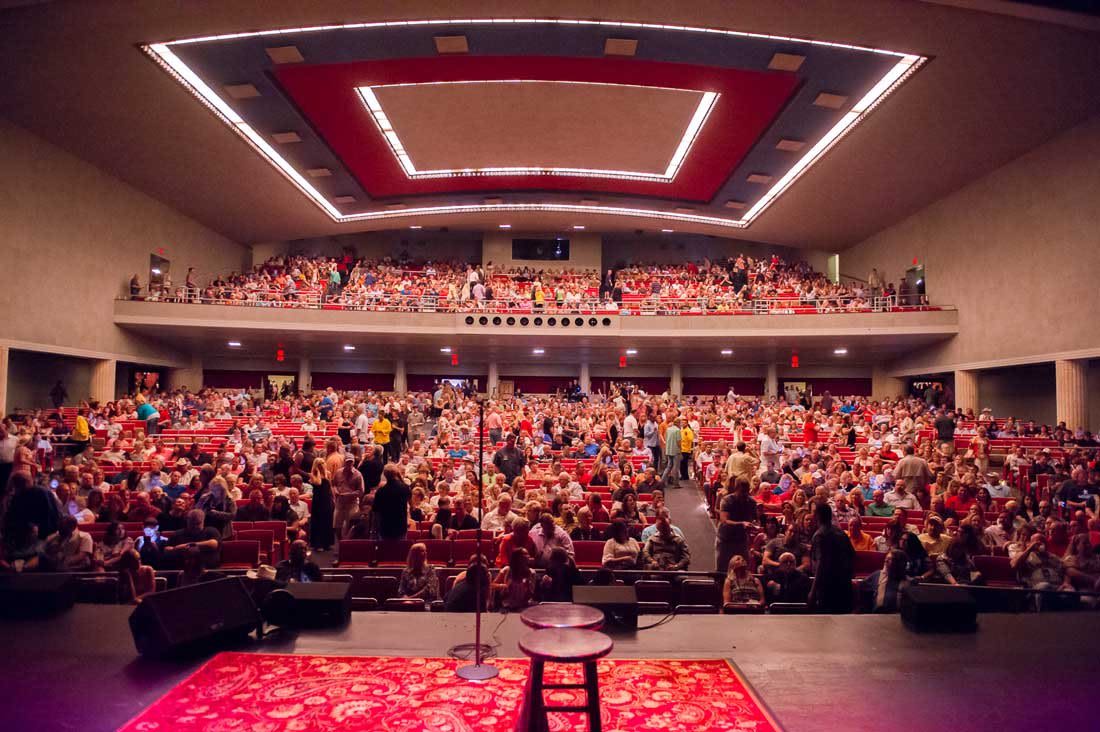
Will Rogers Auditorium. Credit: Will Rogers Memorial Center & Facilities
Will Rogers Auditorium. Credit: Will Rogers Memorial Center & Facilities
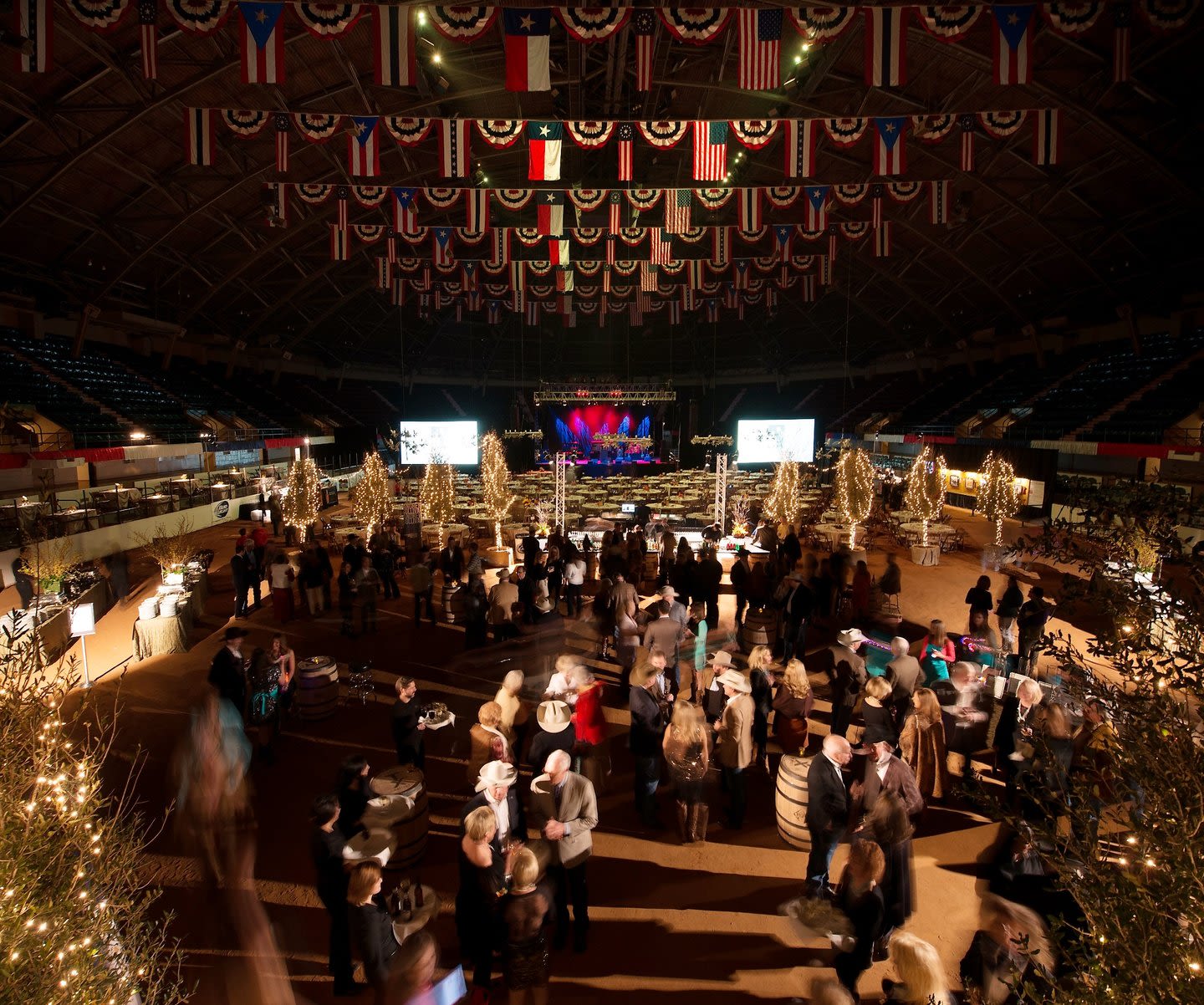
Will Rogers Coliseum. Credit: Will Rogers Memorial Center & Facilities
Will Rogers Coliseum. Credit: Will Rogers Memorial Center & Facilities
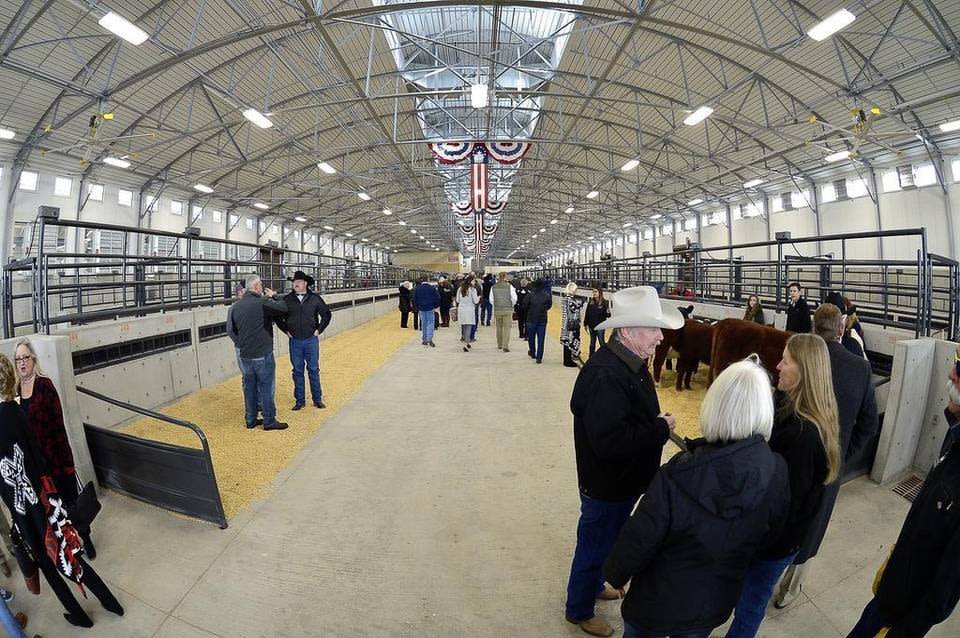
Credit: Will Rogers Memorial Center & Facilities
Credit: Will Rogers Memorial Center & Facilities
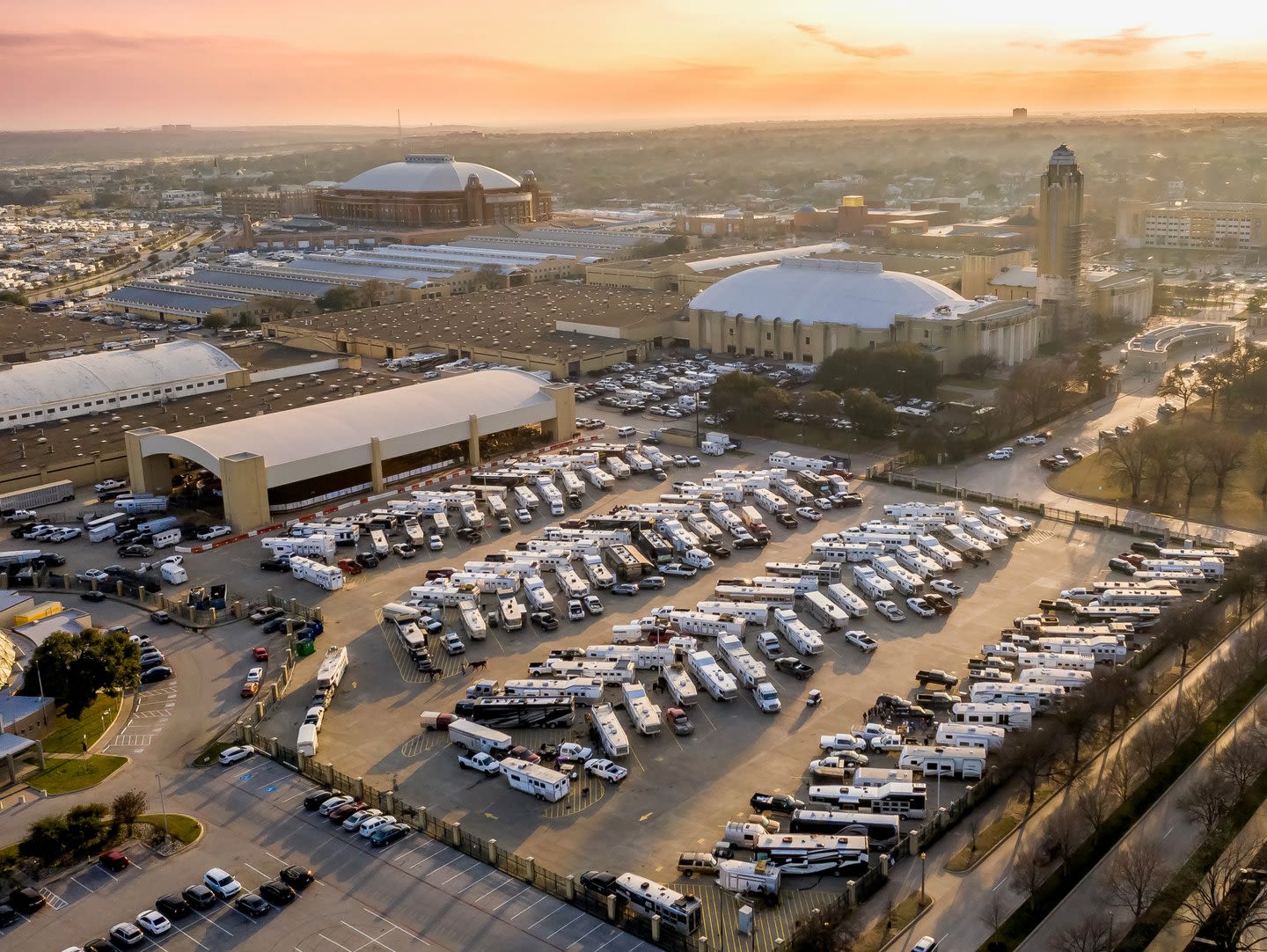
Courtesy of Will Rogers Memorial Center & Facilities
Courtesy of Will Rogers Memorial Center & Facilities
Events
The Will Rogers Memorial Center is synonymous with the Fort Worth Stock Show and Rodeo (FWSSR). The relationship dates back to 1944 when the FWSSR moved from Northside Arena in the Stockyards and moved into the Will Rogers Coliseum.
Matt Brockman, communications director at the FWSSR, spoke about how the FWSSR and the Will Rogers Memorial Center have grown together throughout the years.
“When we got here, there were no facilities whatsoever to stall horses, to stall cattle, to exhibit horses or cattle. There was no Watt Arena. There was no John Justin Arena.”
The FWSSR has since transitioned from the Will Rogers Coliseum into the $540 million dollar Dickies arena, which opened in 2019. The transition allowed the Rodeo to expand from just over 5,600 available seats in the Coliseum to 9,300 of the 14,000 available in Dickies.
According to Brockman, the relationship between the FWSSR and the Will Rogers Memorial Center is distinctive in comparison to any other rodeo and facility relationship.
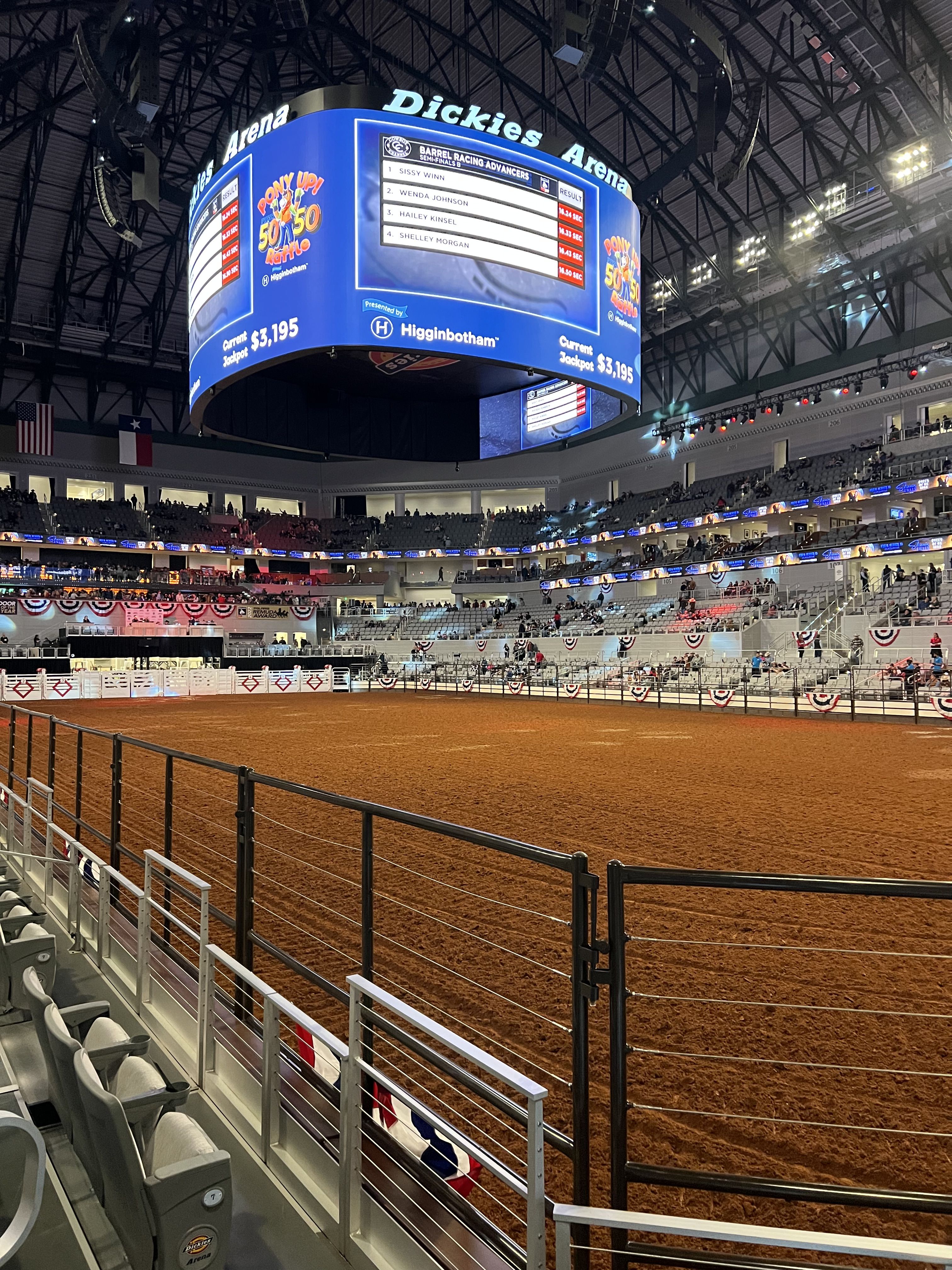
Dickies Arena from the floor at the FWSSR. Photo by Madyson Buchanan
Dickies Arena from the floor at the FWSSR. Photo by Madyson Buchanan
“That's where we are totally unique to any major stock show in the nation - our financial commitment to these facilities. And it's all money that was paid for through private donations and then deeded to the city of Fort Worth for the city's benefit, not just our benefit, but for the city's benefit,” said Brockman.
The FWSSR has contributed tremendously to the renovation and expansion of the Center in hopes of taking the Stock Show and Rodeo into the future while still keeping the close-knit community feel to their events at the Center.
“You really need to be as close to the action as possible to really appreciate it and 9,300 is big enough. You can go to watch the Houston Rodeo, and that's an 80,000-seat facility and I don't know that you're going to be able to appreciate it when you're sitting up that high,” said Brockman.
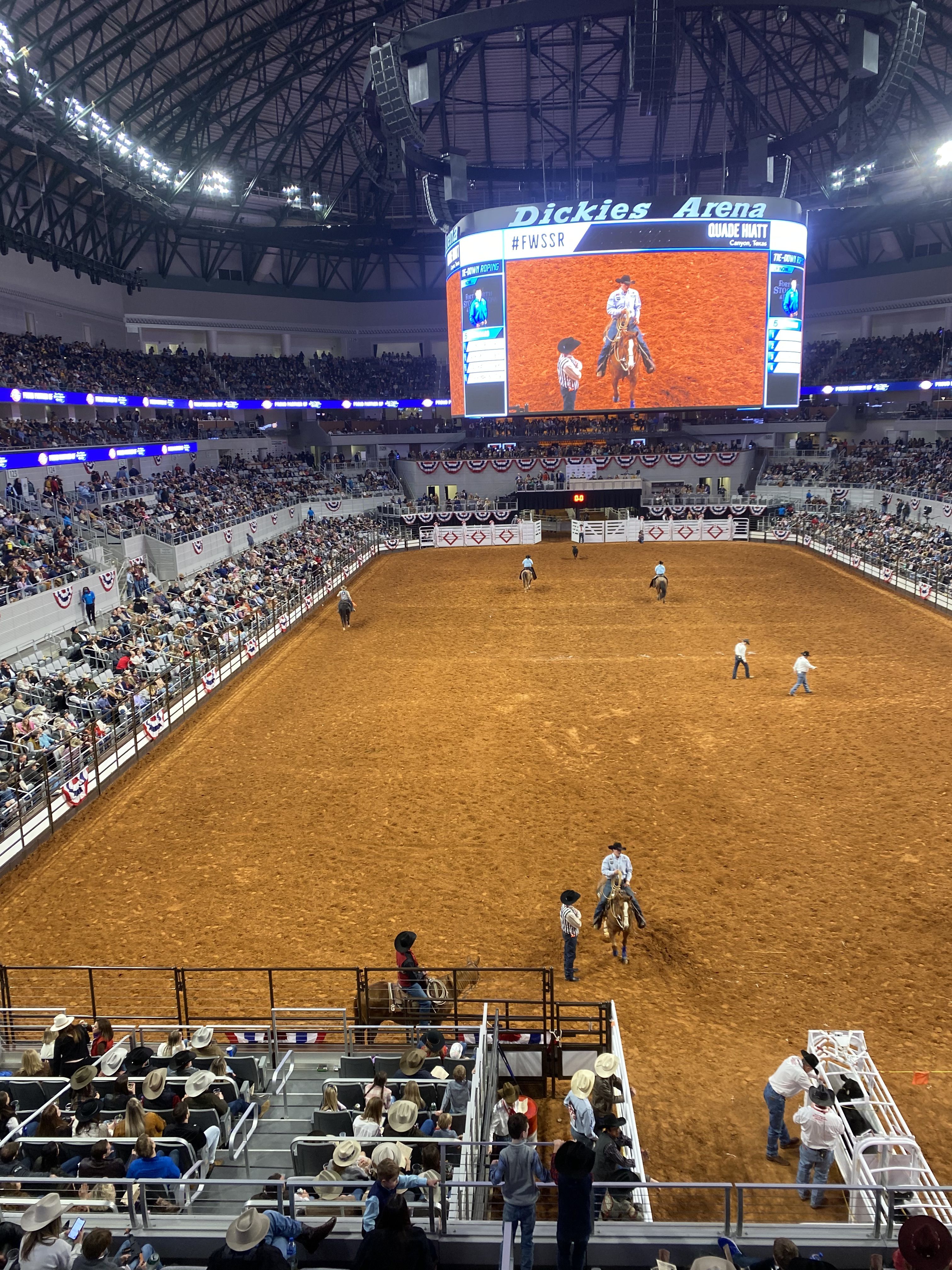
Dickies Arena. FWSSR. Photo by Madyson Buchanan
Dickies Arena. FWSSR. Photo by Madyson Buchanan
While there has been widespread debate amongst the community about the shift from the Will Rogers Coliseum to the Dickie’s Arena, Brockman insists while you cannot replicate the intimacy of the Will Rogers, Dickies has the capability to reproduce it in a way with its new innovations and technology that will lead into an exciting future.
RELATIONSHIPS
While the world of equestrian events may be unknown to many, the Will Rogers Memorial Center is no stranger to the equine industry. However, the landscape has changed in the past few decades, the Center has gone from a minor contender to one of the nation's frontrunners for prestigious events.
“When I first got here, we did team pinning every week. We did a lot of weekend shows and some world shows too. Fast forward to now, if you aren’t going to be here for 10 days, two weeks, I’m not going to tie up the facility up,” said Kemp. “If we do small [horse] shows, I’m going to stack them on top of each other. I can do three horse shows at the same time.”
The Center will host the 2026 Longines FEI Jumping World Cup Final and FEI Dressage World Cup Final. The event, recently hosted in Leipzig, Germany, is expected to bring in over 60,000 spectators and have an estimated $21 million impact on the economy, according to Visit Fort Worth.
In a world where equestrian facilities fight to bring in clients like the FEI (International Federation for Equestrian Sports) and other equestrian organizations, the Will Rogers Memorial Center team stands out with their dedication to customer relationships, the location and even their secret tunnels.
The tunnels span beneath most of the property and connect the arenas and allow the road to be clear of cattle trucks, making life easier for spectators and exhibitors. The tunnels function to herd cattle, which the facility can see upwards of 10,000 within 30 days at large events that involve the cutting or cow-horse disciplines. They also provide shade from the Texas sun in the summer’s hotter months. According to Kemp, no one else in the country has passageways like that.
Regarding the location, Callie McCarty-Boevers, director of media and communications at the National Reined Cow Horse Association (NRCHA), reasons it is one of the contributing factors for their repeated usage of the facility for events.
“I think the location of the facility is a key factor. The facility is close to local attractions and great dining options, which makes it ideal for an event with NRCHA. The cow horse is a big family association, so being in a location that works for the whole family is a big selling point for our association,” said McCarty-Boevers.
However, what stands out most is the WRMC Staff's southern hospitality.
“If you're my client and you've got a show in at West World in Scottsdale, Arizona, I will show up one day to see you. I may sponsor something at that event, like breakfast, banquet or a banner. I'm going to support you, not only when you're here,” said Kemp.
Boevers can attest.
“I think the support from the City of Fort Worth and the staff at WRMC is a huge contributing factor that keeps NRCHA in Fort Worth. There is an immense amount of support for the cowboy culture in Fort Worth, and our exhibitors enjoy getting to spend time in Fort Worth."
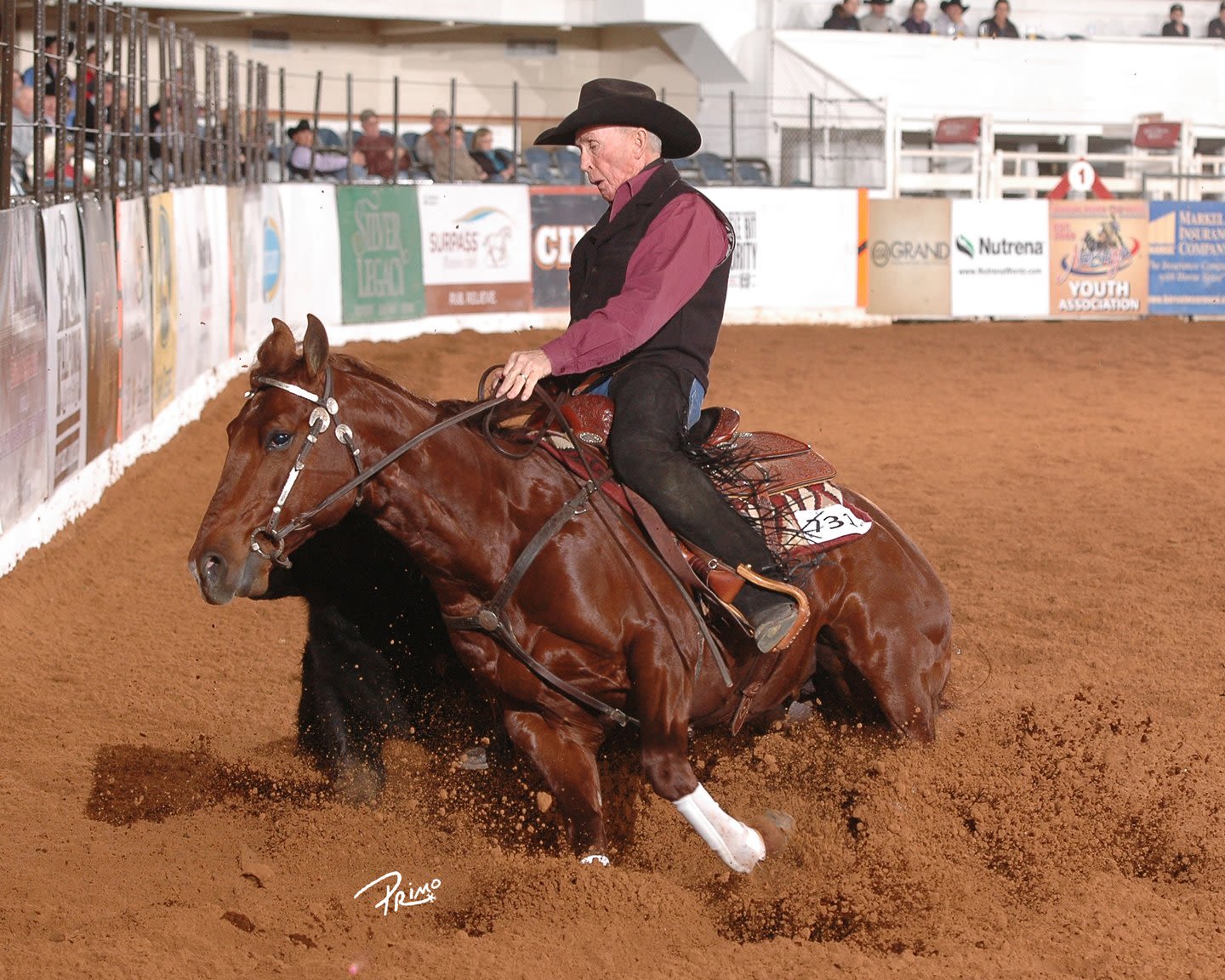
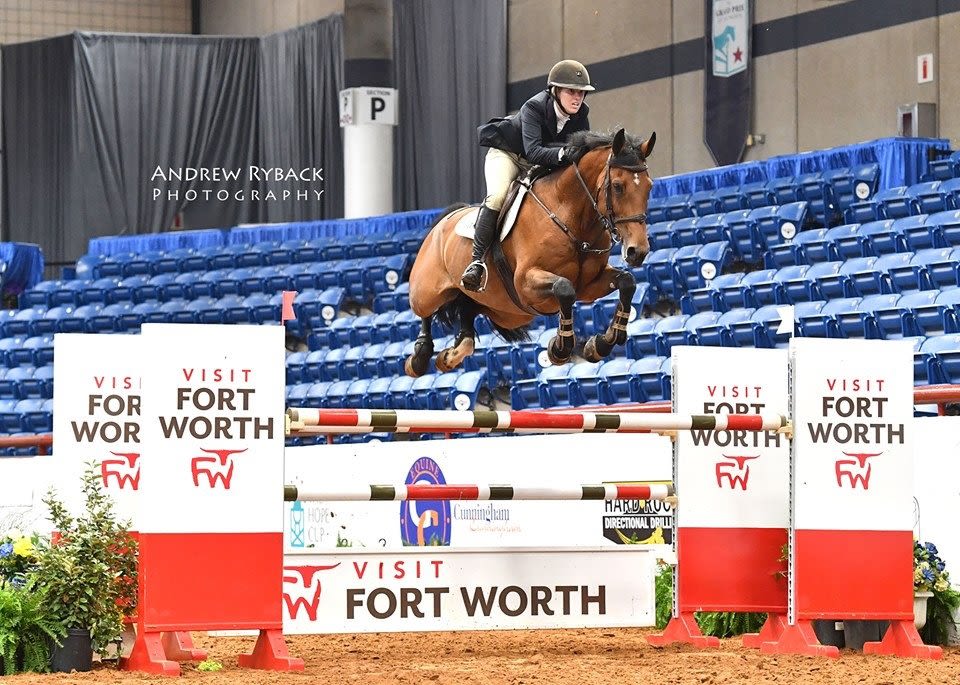
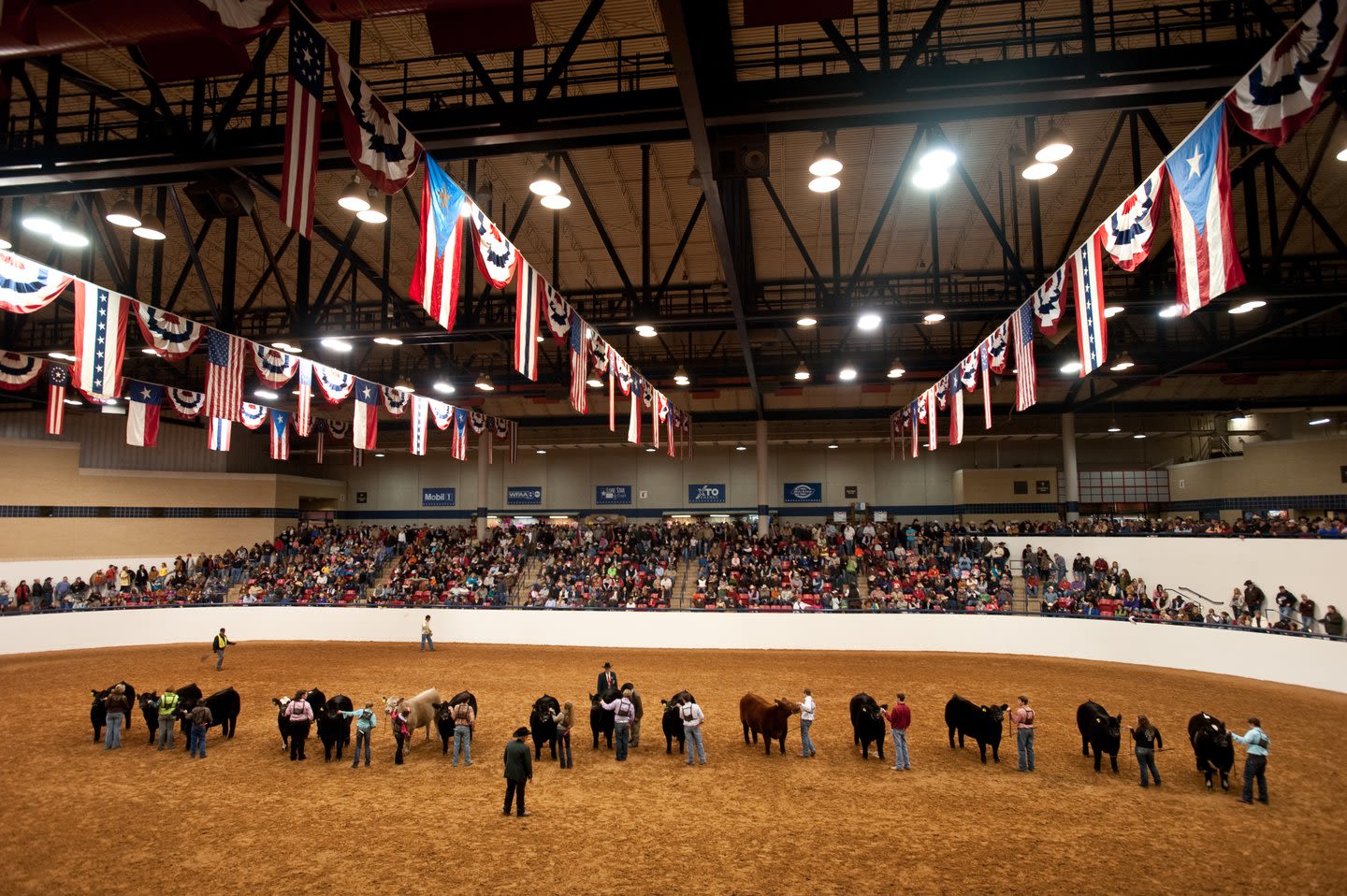
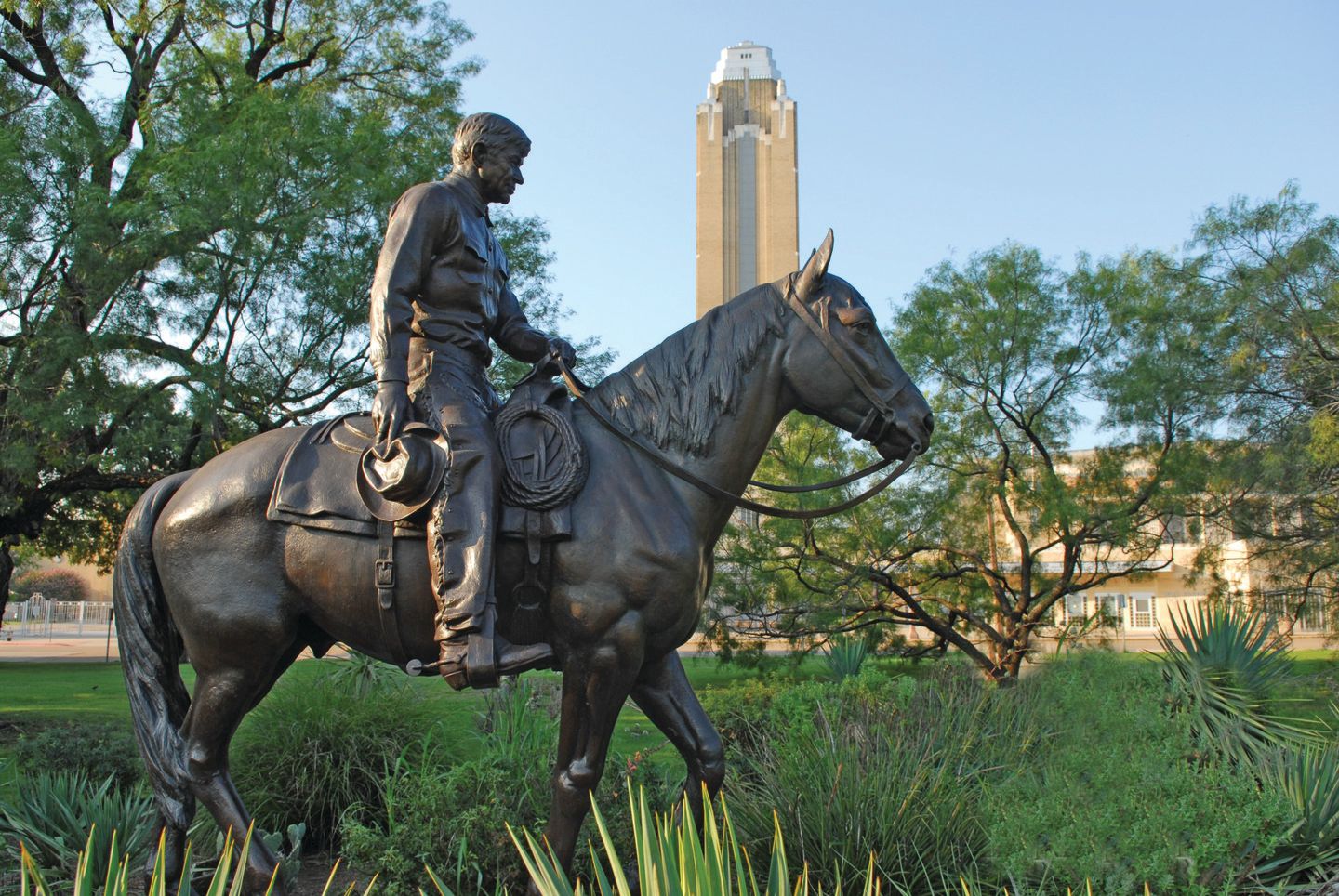
FUTURE
While the Will Rogers Memorial Center celebrates its history, the city has no plans for the facility to become a relic. As of February 14, the Fort Worth City Council approved the allocation of American Rescue Plan Act (APRA) Revenue Recovery funds to renovate the WRMC Coliseum, concourse, restrooms, grand lobby entrance and the backstage club.
The facility will undergo an $8.5 million restoration to bring the facilities back to life while still maintaining the famous art deco style Amon G. Carter commissioned in 1936.
Not only will the famous landmarks within the WRMC receive an upgrade, but the sheep and swine barns have also been approved for construction to create a new multipurpose arena between the two barns, which will break ground on Feb. 5, 2024, the day after the FWSSR ends.
“As we grow, multipurpose is our favorite word. I won't build a building that is only good for one thing. It's going to be built to be good for a lot of things,” said Kemp.
The project is funded equally through the public-private partnership between the Culture and Tourism Fund and the FWSSR.
The 80-year-old barns will have an open concept, making the space flexible for various events.
“I think as long as you're open-minded as planners and open-minded to new possibilities and opportunities, then there's a lot more potential that may be untapped relative to what can be done,” said Brockman.

